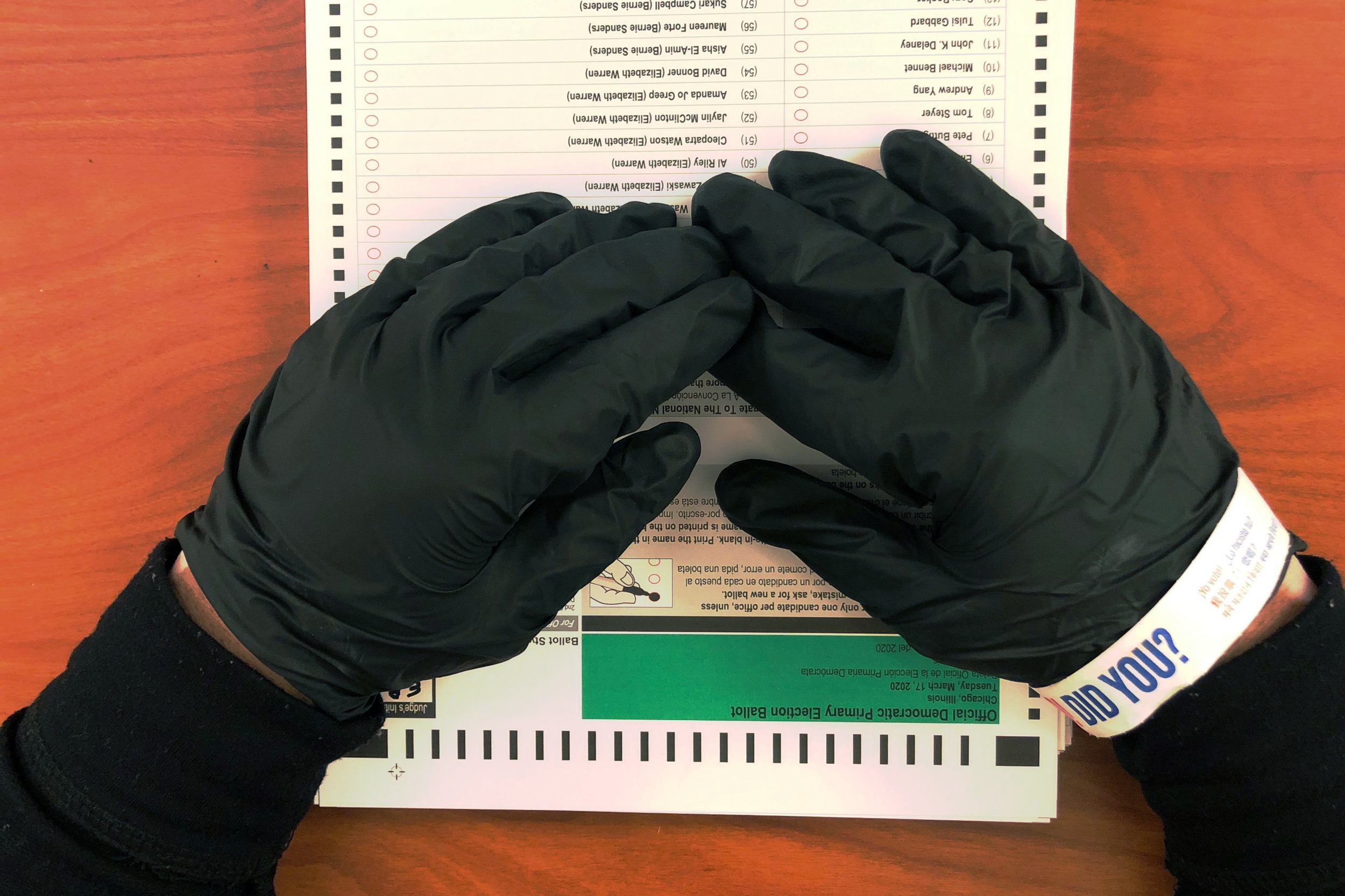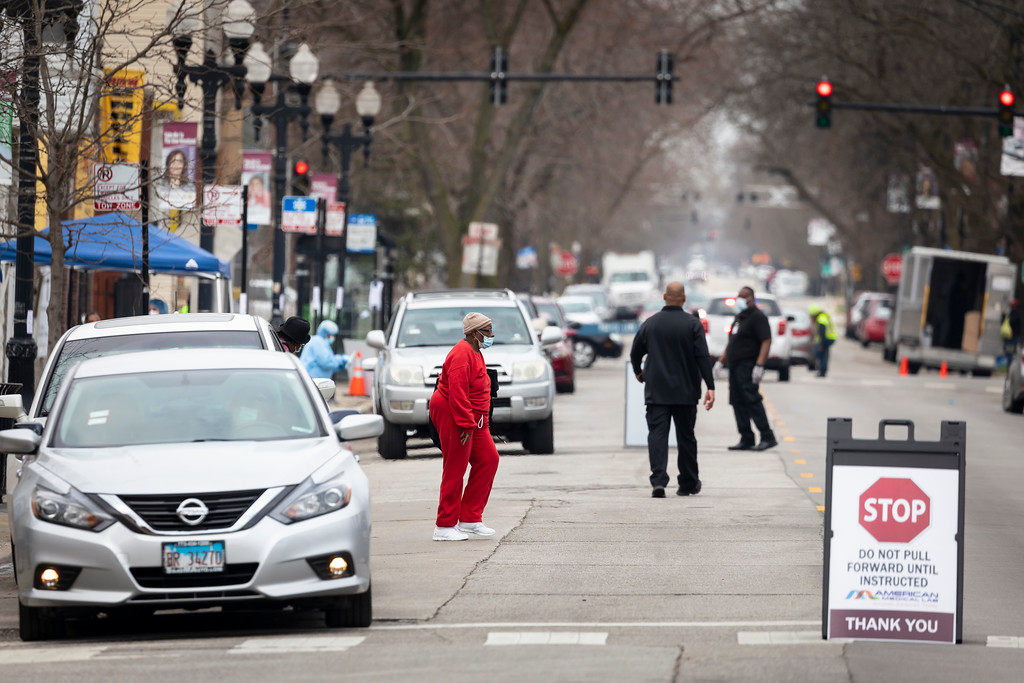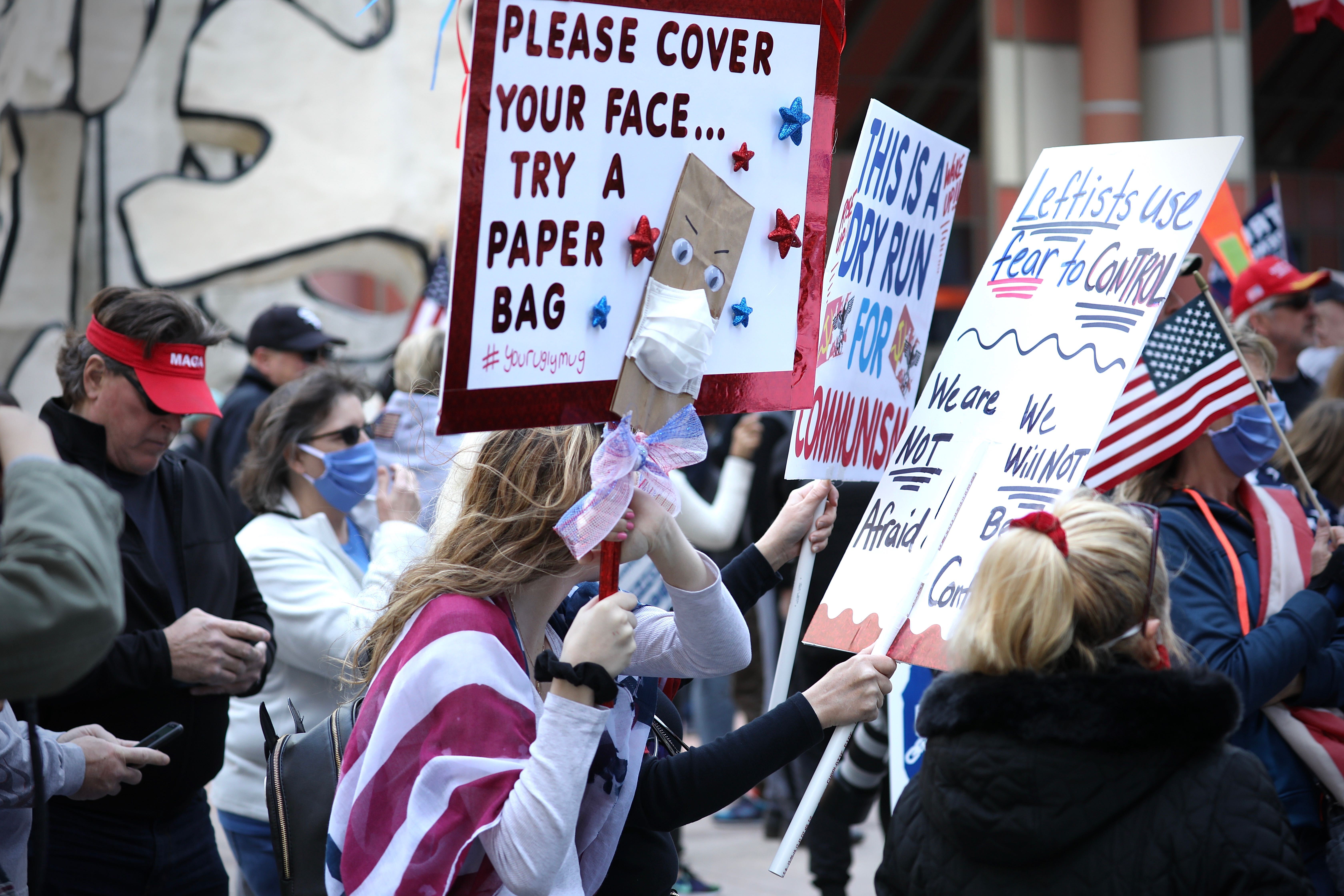In a matter of months, the coronavirus has swept the globe and left more than 250,000 dead worldwide. Now, as businesses begin to reopen, some scientists fear a second wave in the near future.
In Illinois, there have been more than 60,000 known cases of COVID-19 and more than 2,600 deaths.
The virus was first identified in Wuhan, China, in December 2019. By mid-January, cases were reported in the U.S. — including Chicago. In an effort to control the pandemic in Illinois, Gov. JB Pritzker issued a stay-at-home order that took effect March 21. Pritzker has defended the order as a necessary action in an emergency, but the impact on restaurants, shops, factories and many other businesses has been severe. More than 830,000 Illinoisans have filed for unemployment in the last two months.
Here’s a look at the known spread of the coronavirus, from Asia to Chicago.
Dec. 31, 2019
Scientists identify a cluster of new coronavirus cases in Wuhan, China, a city of 11 million people. The disease the virus causes is known as COVID-19.

FILE - This undated electron microscope image made available by the U.S. National Institutes of Health in February 2020 shows the Novel Coronavirus SARS-CoV-2. Also known as 2019-nCoV, the virus causes COVID-19. The sample was isolated from a patient in the U.S. On Tuesday, April 21, 2020, U.S. health regulators OK’d the first coronavirus test that allows people to collect their own sample at home, a new approach that could help expand testing options in most states. The sample will still have to be shipped for processing back to LabCorp, which operates diagnostic labs throughout the U.S. (NIAID-RML via AP)
NIAID-RML via AP
January 2020
Within weeks, thousands of cases are reported in China, and the Wuhan Sports Center is converted into a temporary hospital.
Foreigners and visitors leave China, including a woman who would become the first known COVID-19 case in Chicago.

FILE - In this Feb. 2, 2020 file photo, a military officer wearing a protective suit gives instructions to evacuees from Wuhan, China, as they travel to a hospital after their arrival at a military base in Wroclaw, Poland. Arek and Jenina Rataj were starting a new life in the Chinese industrial center of Wuhan when a viral outbreak spread across the city of 11 million. While they were relatively safe sheltering at home, Arek felt compelled to go out and document the outbreak of the new type of coronavirus. Among his subjects: the construction of a new hospital built in a handful of days; biosecurity check points; and empty streets. (AP Photo/Arek Rataj, File)
Arek Rataj/Associated Press
February 2020
Cases are reported around the world, with Iran, Italy and Spain becoming epicenters of an outbreak that disrupts worldwide travel.
March 2020
The World Health Organization officially declares the coronavirus a pandemic on March 11. Locally, travelers coming to O’Hare International Airport one weekend are stuck in packed lines for hours due to new coronavirus screenings.

In this Saturday, March 15, 2020, photo, travelers wait in line to go through customs at O’Hare International Airport in Chicago. Chicago Mayor Lori Lightfoot lambasted the administration for allowing about 3,000 Americans returning from Europe to be stuck for hours inside the customs area at O’Hare International Airport on Saturday, violating federal recommendations from the Centers for Disease Control and Prevention that people practice “social distancing.” (Michael Sadler via AP)
Michael Sadler via AP
Panic buying leads to shortages of staple products including toilet paper, tortillas, soap and milk across the city and suburbs.
In spite of increasing anxiety in the Chicago area, crowds still pack bars the weekend before St. Patrick’s Day. The next day, Gov. JB Pritzker orders all bars and restaurants to be closed to dine-in service for two weeks.

Wrigleyville had lines out the door at almost all the bars and restaurants that line Clack Street near Wrigley Field in Lakeview, on St. Patricks Day, March 14, 2020. Clark street, which is usually shutdown to vehicle traffic remained open, and several owners mentioned that the numbers were down, but crowds still came despite warnings of social distancing and larger gatherings due to the Corona Virus. Manuel Martinez/WBEZ
Manuel Martinez/WBEZ
Illinois holds primary elections as planned on March 17, in spite of more than 800 election judges quitting at the last minute and concerns about social distancing at polling places. On the same day, Illinois reports its first COVID-19 death.
On March 19, Oak Park becomes the first Chicago-area town to issue a shelter-in-place order.
Gov. JB Pritzker issues a statewide, stay-at-home order that takes effect March 21. Pritzker later calls for retired medical staff to temporarily return to work, as officials prepare for an influx of COVID-19 cases.
Within days, heavily trafficked areas of the city appear deserted.
But Chicagoans crowd the lakefront and parks on March 26, one of the first warm days of the year. The next day, Mayor Lori Lightfoot closes those outdoor spaces to force social distancing, and the U.S. surgeon general names Chicago a hot spot for coronavirus cases.
April 2020
As Illinois coronavirus cases surpass 10,000, mobile testing sites begin to open. The state is still struggling to find enough personal protective equipment for medical staff.
At the Cook County Jail, an outbreak of coronavirus cases prompts nurses to protest.
Remote learning begins as Chicago Public Schools scramble to provide enough computers for needy students. All schools are closed for the year soon after, marking the second long-term shutdown for CPS students this school year, after an 11-day teachers strike in fall 2019.

Efrain Rico, a security guard at Robert J. Richardson Middle School issues a computer Maribel Viafranca for her son as students are forced to learn from home during the COVID-19 Pandemic. Rico said that he had 111 parents retrieving computers from the school and that the need has been much greater than expected.on April 10, 2020. Manuel Martinez/WBEZ
Manuel Martinez/WBEZ
Stay-at-home orders coincide with holy days of three of the world’s major religions. Easter, Ramadan and Passover services take on new forms.
New data show COVID-19 deaths are higher at nursing homes than previously reported, and Illinois’ stay-at-home order is extended. Congress signs a $500 billion coronavirus relief bill. While the bill was designed to provide small businesses with loans, over $360 million of the funds went to publicly-traded companies.
May 2020
Under an updated stay-at-home order, Illinois residents are required to wear masks in public places where social distancing is not possible.
As the new stay-at-home order goes into effect through May 30, hundreds protest in downtown Chicago. On May 4, a judge upholds Gov. JB Pritzker’s stay-at-home order in a lawsuit by a northwest Illinois church.


























